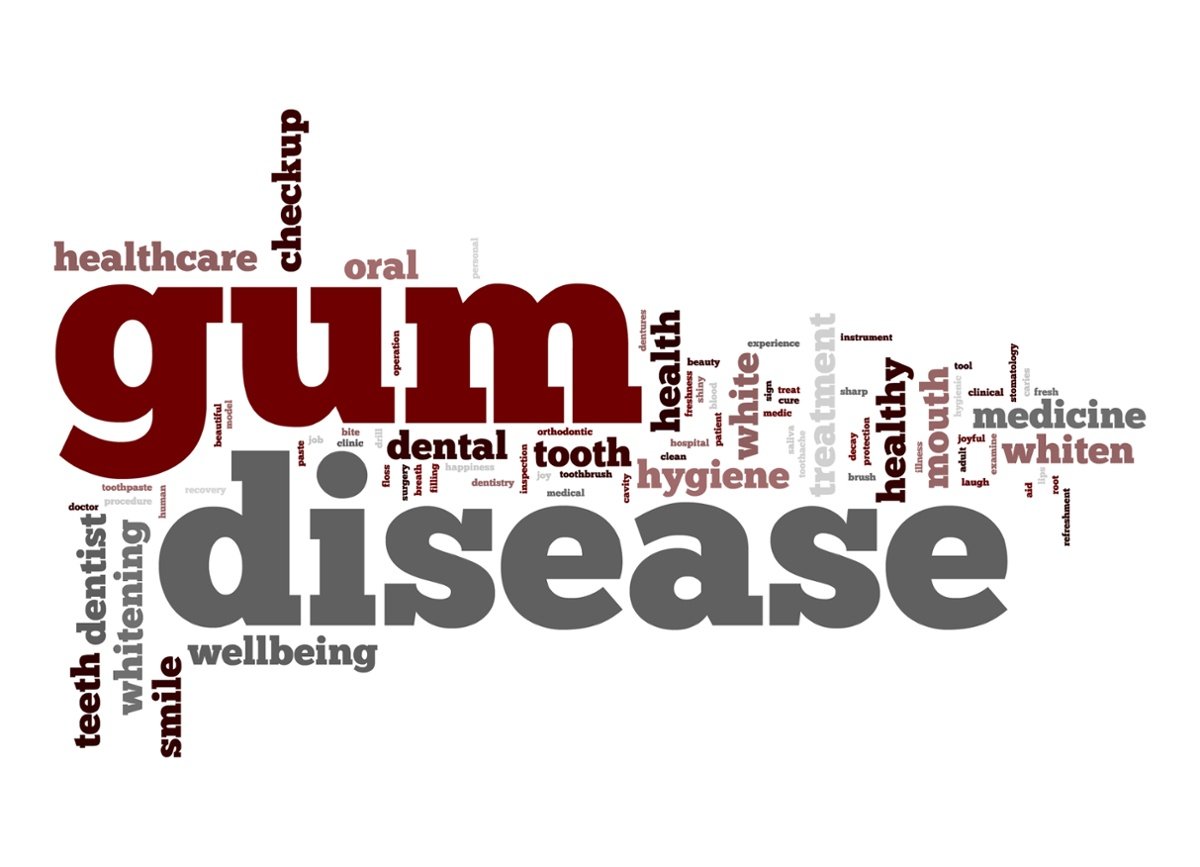Gum disease is a severe oral health issue affecting millions worldwide. Without early detection and treatment, it can cause tooth loss, bone damage, systemic health problems, and adversely affect your smile. However, with proper periodontal treatment, it is possible to save your smile and prevent the progression of gum disease.
The Prevalence of Gum Disease
Severe gum disease, or periodontal disease, is caused by oral bacteria that can result in inflammation and damage to the gums and teeth. Here are some important facts about the prevalence and significance of gum disease:
- Gum disease is a widespread issue across the world. According to the World Health Organization (WHO), severe periodontal disease affects about 19% or one billion adults worldwide. This includes up to 15% of adults aged 35-44 years old and 30% of adults over 65.
- Gum disease is a major oral health problem in the United States. The Centers for Disease Control and Prevention (CDC) estimates that nearly half of all adults over 30 have some form of periodontal disease, and almost three out of four over age 65.
- Gingivitis has been seen in 76% of adults 18-30 years old.
- Several studies have shown a strong association between periodontal disease and lung cancer.
- The presence and severity of periodontal disease can affect how you perceive your quality of life.
- Periodontal disease and tooth loss have been shown to be linked with some liver diseases.
- Periodontal disease is one of the leading causes of tooth extraction.
The Cause of Gum Disease
The primary cause of gum disease is the buildup of plaque on teeth. Plaque is a sticky biofilm containing harmful bacteria that constantly forms on your teeth. Unless plaque is removed from your teeth daily, it can cause irritation, inflammation, and infection of the gums.
The longer plaque stays on your teeth, the more likely it is to form tartar, which requires professional cleaning.
As the tartar builds up, it can cause the gums to pull away from your teeth, creating pockets where more bacteria can accumulate. Over time, these pockets can become infected, leading to more severe forms of gum disease, such as periodontitis.
The bacteria in plaque also produce toxins that can damage the gums and cause them to become inflamed. This inflammation can eventually result in gum recession that exposes the roots of teeth and makes them more vulnerable to decay and infection.
Factors Contributing to Gum Disease
Several factors increase your risk of gum disease, such as:
- Poor oral hygiene. Daily brushing and flossing are needed to remove plaque buildup and prevent gum disease.
- Smoking. Tobacco use can damage gum tissue and increase the risk of gum disease.
- Genetics. Some people may be more vulnerable to gum disease due to their genetic makeup.
- Age. Gum disease becomes more common as people age, and the risk increases after age 65.
- Hormonal changes. Hormonal changes during puberty, pregnancy, and menopause can make gums more sensitive and increase the risk of gum disease.
- Medications. Some drugs, such as anti-seizure and blood pressure medications, can increase the risk of gum disease.
- Medical conditions. Certain conditions, such as diabetes and HIV/AIDS, can lower the body's immune response, making it harder to fight off gum infections.
- Poor nutrition. A diet high in sugar and carbohydrates can increase the risk of gum disease.
- Stress. High-stress levels can impair the immune system and make it more difficult to fight off infections, including gum infections.
- Bruxism. Teeth grinding and clenching can put extra pressure on the gums and lead to inflammation.
- Crooked teeth. Misaligned teeth can be harder to remove the plaque that causes gum disease.
- Dry mouth. A lack of saliva can create an environment where bacteria can thrive, increasing the risk of gum disease.
How Gum Disease Can Affect Your Smile
The first stage of gum disease is marked by inflamed gums that bleed when you brush and floss your teeth. Fortunately, this condition is reversible if treated with improved brushing, flossing, and professional teeth cleaning. However, if left untreated, gingivitis progresses to periodontal disease, which is irreversible and can affect your smile in the following ways:
- Gum recession. As gum disease progresses, the gums can start to pull away from the teeth, exposing more of the tooth roots. This can make the teeth appear longer and cause the smile to look uneven.
- Tooth loss. In severe cases of gum disease, tooth loss can occur. This can create gaps in the smile and affect the overall appearance of the teeth.
- Discoloration. Pink gums and white teeth mark a beautiful and healthy smile. However, periodontal disease results in bright red gums that bleed easily.
- Bad breath. Gum disease can cause chronic bad breath, which can be embarrassing and affect your confidence when smiling.
- Changes in bite. As teeth shift or become loose due to gum disease, it can alter the alignment of the bite, making the smile appear crooked or uneven.
- Swollen gums. Healthy, pink gums are firmly attached to the underlying bone and can complement white teeth to create a beautiful smile. However, periodontal disease causes swelling, which detracts from your smile.
- Abscesses. In advanced cases of gum disease, pus-filled pockets can form in the gums, which can be painful and unsightly.
- Changes in facial structure. Severe gum disease can cause the jawbone to deteriorate over time, leading to changes in facial structure and a more sunken appearance.
Saving Your Smile With Periodontal Treatment
Periodontal disease is a serious oral health issue that can lead to tooth loss, bone damage, and adverse effects on your smile if left untreated. However, proper periodontal treatment can save your teeth, restore your oral health, and maintain a bright and beautiful smile. Here are some periodontal treatment options that can help protect your smile:
- Scaling and Root Planing. Non-surgical treatments such as scaling and root planing can help remove plaque and tartar buildup from the teeth and gums, promoting the growth of healthy gum tissue and preventing further damage.
- Flap Surgery. Flap surgery may sometimes be necessary to remove bacteria and tartar from below the gum line and promote healing.
- Bone and Tissue Grafts. Advanced cases of periodontal disease may require bone and tissue grafts to help restore lost bone and tissue.
- Guided Tissue Regeneration. This treatment uses a barrier membrane to encourage the growth of new bone and gum tissue in areas damaged by periodontal disease.
- Laser Treatment. A comfortable and successful alternative to periodontal surgery is laser treatment. Using modern laser technology, your dentist can remove harmful bacteria and diseased tissue to promote natural healing.
- Antibiotics. Antibiotics can be prescribed to help eliminate bacteria that cause periodontal disease and promote healing.
Schedule an Appointment
Call us or contact us online to learn more about how to protect and save your smile with proper periodontal treatment.





